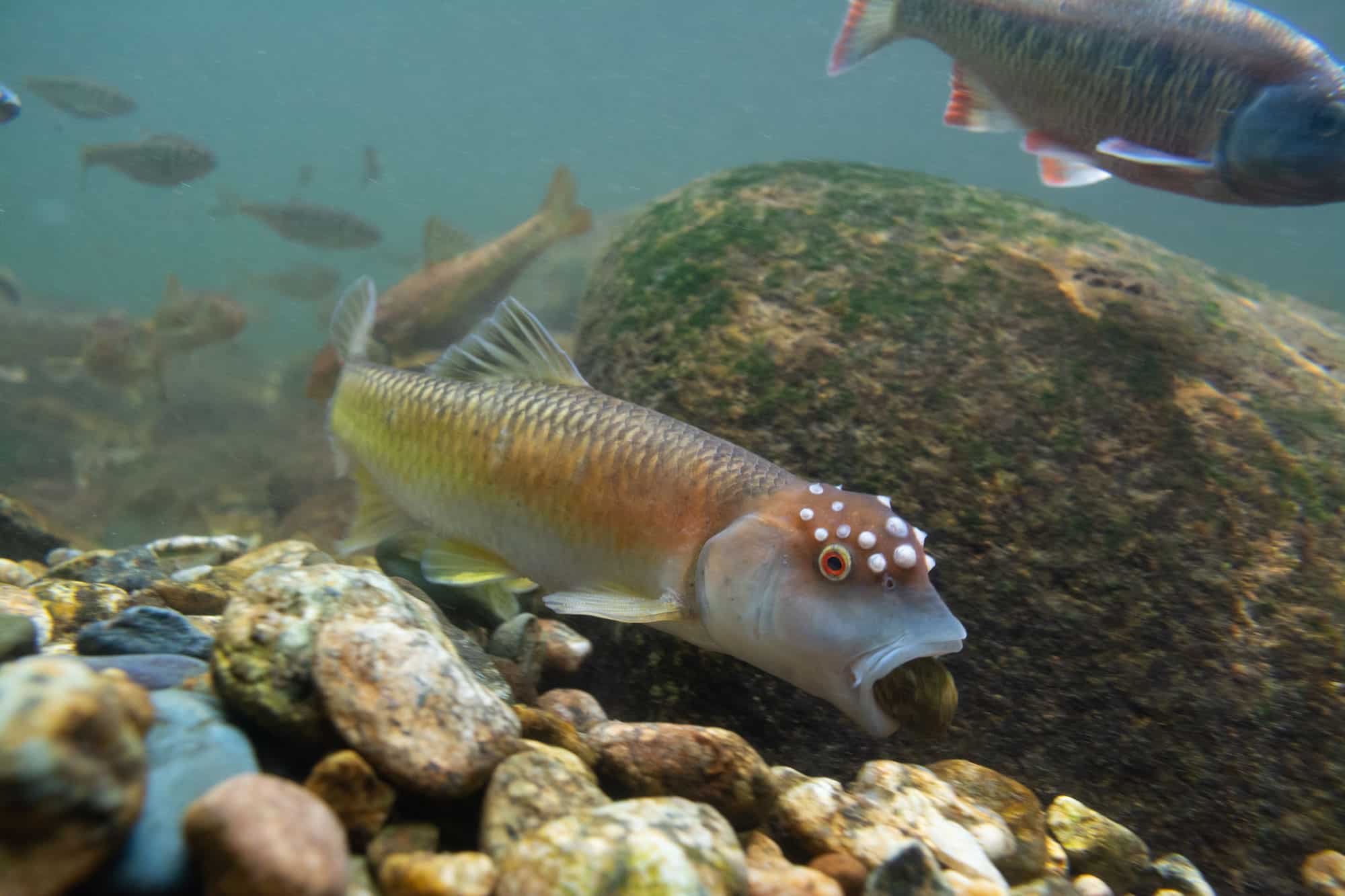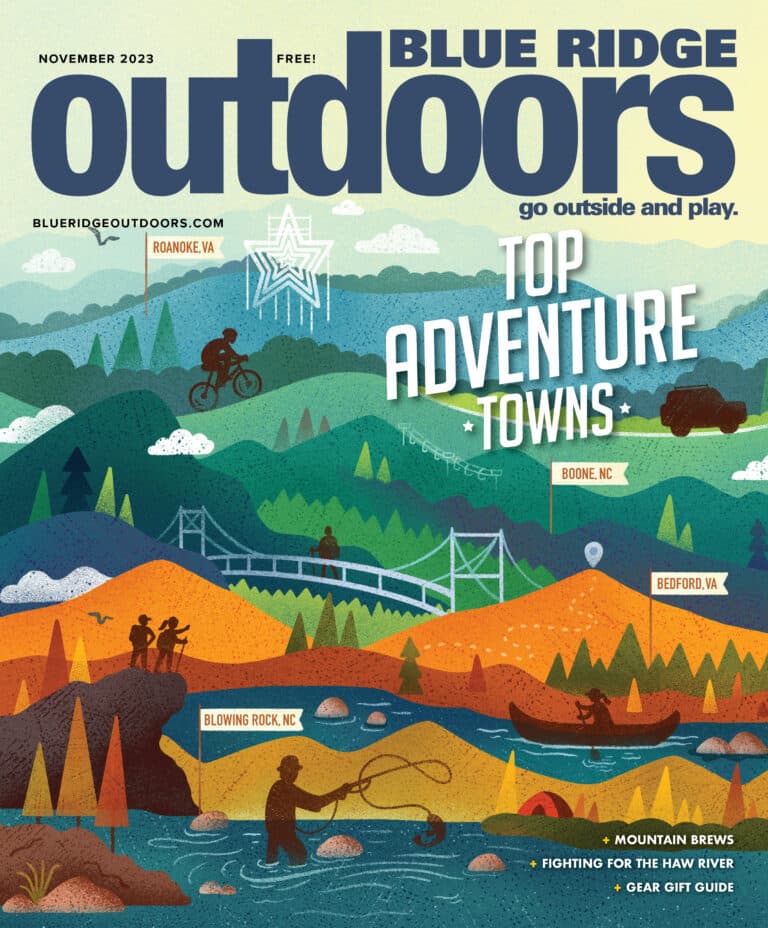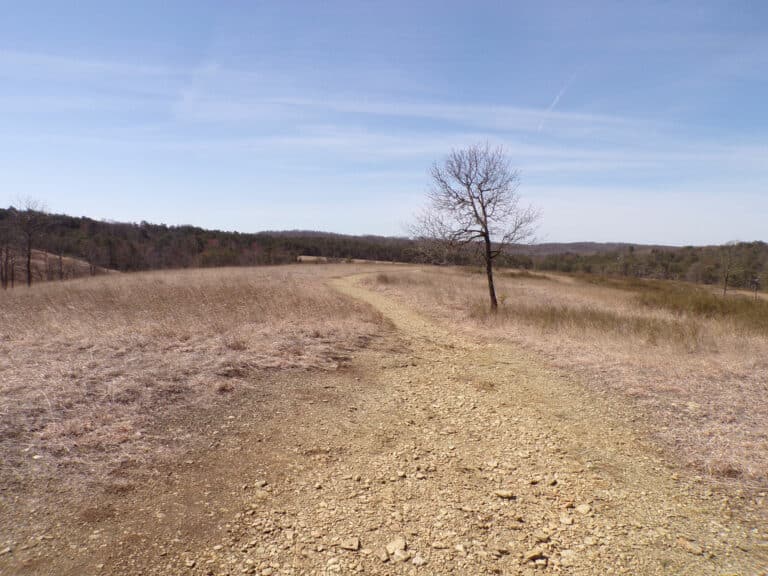Meet the teenager using river snorkeling to help conserve Blue Ridge waterways.
Loughran Cabe was scrolling through his Instagram feed at the peak of the pandemic when an underwater photo stopped him short. A huge Tennessee hellbender sprang from a mossy rock, scattering iridescent minnows as it snatched a northern water snake in its jaws. The budding 10th-grade naturalist thumbed sideways, amazed by otherworldly shots of familiar southern Appalachian fish like male bluehead chub, central stoneroller, Swannanoa darter, and common shiner.
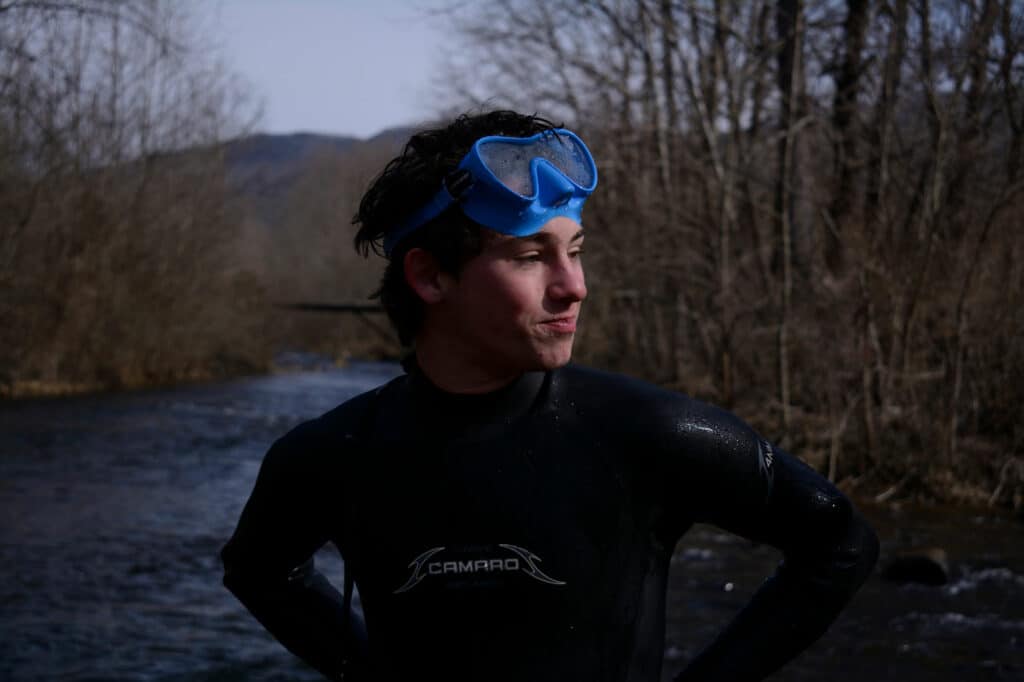
Cabe was raised in Virginia’s Shenandoah Valley in an outdoorsy family and deeply loved nature. He’d grown up studying flowers, trees, butterflies, moths, and birds. Summers were spent wading in mountain streams with a net or fishing pole checking out crustaceans, mollusks, water bugs, and fish.
But this was something new.
“The water was so clear you could see the sunlight dancing in the riffles,” says Cabe, now 19. Fish that were bland and slimy out of water looked almost tropical in their natural habitat. “There was so much life, so many colors, it seemed impossible. It was like gazing through a window into another world.”
Mesmerized, Cabe thumbed through related feeds, read posts, followed accounts, Googled photographers, hotspots, and gear. Then remembered his parents’ snorkeling trip to the Galapagos Islands. A rummage through the farmhouse’s attic and closets produced an old mask, snorkel, and wetsuit. The next sunny day found him submerged in the nearby South River.
“I couldn’t believe what I was seeing,” says Cabe. When conditions are right you can strap on diving goggles and spot upward of 50 species of fish in most Blue Ridge waterways. Electric yellows, reds, oranges, blues, and greens appeared like a magic trick. River grass danced in the current like windswept grain.
“I’d fished, swam, and [paddled] in that river so many times, I thought I knew it like the back of my hand,” Cabe says. But that wasn’t the case at all. “I felt like I’d discovered a magical realm hiding just below the surface. I was hooked.”
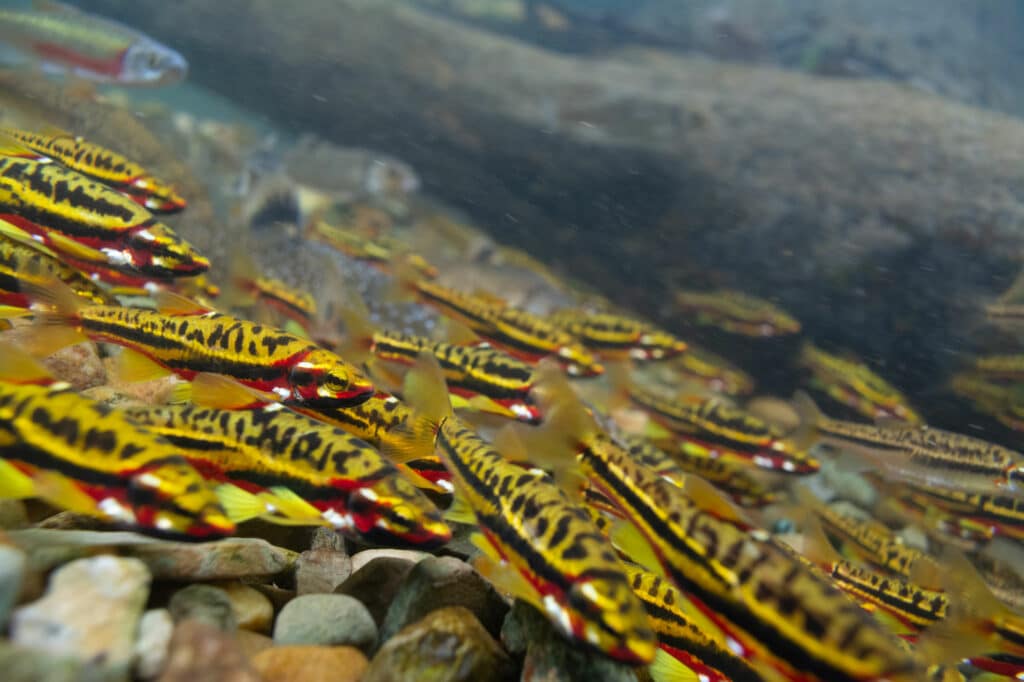
But when Cabe told nature-loving peers about the activity and invited them along, many were confused. Wasn’t snorkeling reserved for tropical waters and coral reefs? Their dismissiveness triggered an epiphany that led Cabe to underwater photography.
“It’s easy for people to care about large land mammals like polar bears or elephants because they’re so visible and relatable,” he says. Freshwater is the world’s most precious resource and holds 51 percent of all fish species, while Southern Appalachia is home to about half of all those found in North America. “Yet barely anyone knows about the incredible, fragile beauty found in these ecosystems. To me, that was a travesty that should be addressed.”
Cabe borrowed his mom’s old digital camera and reached out to professional and amateur shutterbugs on social media for tips. They recommended affordable gear, revealed tricks for predicting spawning and hatching times, and introduced him to the work of experts like documentarian Casper Cox and his guidebook Snorkeling the Hidden Rivers of Southern Appalachia.
“Everyone was so supportive and generous with their time and knowledge,” says Cabe. “Here was this kid pestering them with what, looking back, were some pretty ridiculous questions. But they never hesitated to answer and help me along.”
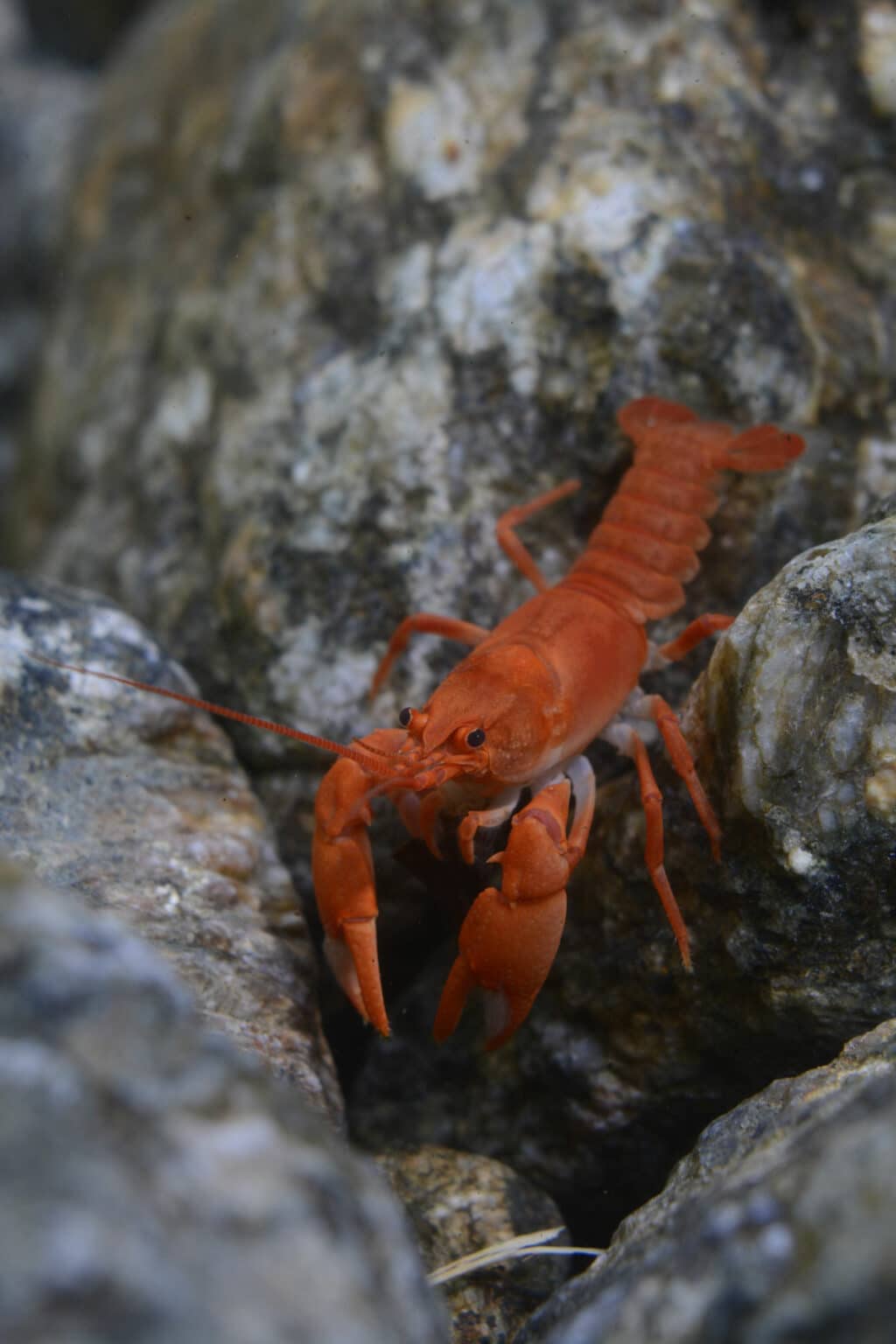
The interest quickly snowballed into a calling. Cabe eventually spent most of his free time scouting locations, tracking stream conditions, and snapping underwater pics. Road trips carried him to obscure rural waterways in Tennessee, West Virginia, North Carolina, and Alabama to capture rarely seen behaviors and colorations that occur during seasonal events like spawning.
When Cabe posted the results on social media, friends, family members, and the online river snorkeling community were amazed. Members from the latter helped him connect with conservation organizations like the North American Nature Photography Association, Native Fish Coalition, and Waterman Conservation Education Center. They also encouraged him to enter his work in photo contests at magazines like Wildlife in North Carolina and Virginia Wildlife.
Publications and prizes brought confidence, and helped inspire Cabe to offer snorkeling workshops at various nature-based education centers. Now he’s pursuing a conservation-related degree at Oberlin College, which he intends to use to help conserve the rivers and streams that have so deeply gripped his imagination.
“Exploring these waterways has brought so much joy and wonder into my life,” says Cabe. “My goal is to share that experience with as many people as possible and, ultimately, convince them these ecosystems are a treasure that’s worth protecting.”
Cover photo: A bluehead chub photographed by Cabe. All photos by Loughran Cabe
